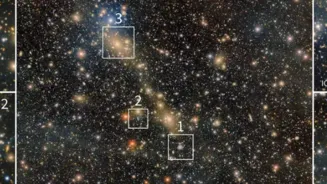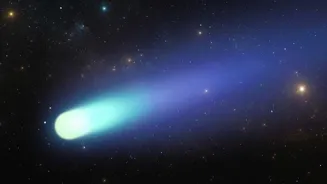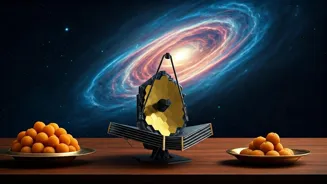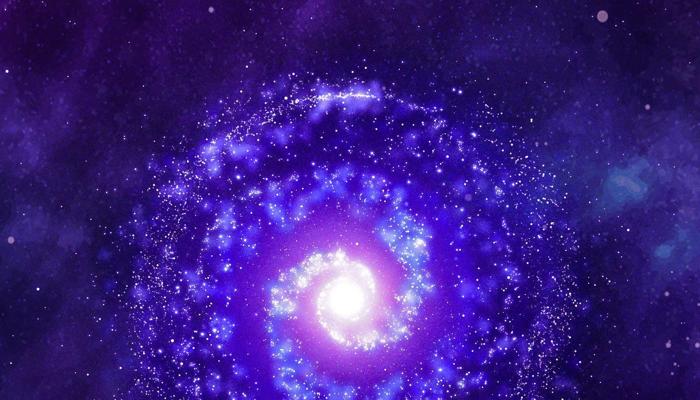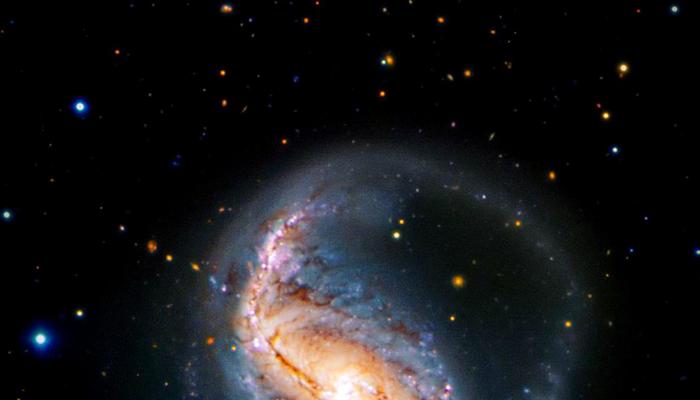Astronomers have been astounded by a remarkable event unfolding in space. Approximately 700 million light-years from Earth, two enormous galaxies are being drawn together by mutual gravitational forces.
For the first time in a cluster so proximate, scientists have observed stars being pulled from one galaxy towards the other.
This phenomenon has been witnessed in the galaxy cluster Abell 3667, where a faint but extensive stream of stars, stretching roughly 1 million light-years, is forming. This stellar bridge is linking the cluster’s two brightest galaxies.
Major Merger Of Two Clusters
According to scientists, the grand union of two clusters, Abell 3667, results from the collision of two smaller clusters that began merging about a billion years ago. Each cluster had its own dominant central galaxy, and now these giants, along with their satellite galaxies, are converging. The formation of the star bridge during this time is a testament to their long history and the strength of the gravity in the region.
Anthony Englert, a PhD researcher at Brown University, remarked, “This is the first time such a structure has been seen on such a large scale and in such a close cluster. This was a big surprise for us.”
How Did This Invisible Bridge Form?
The bridge, made of intra-cluster light (ICL), comprises light from stars that have been stripped from their original galaxies and are floating in space. Observing such faint light was challenging, requiring scientists to combine data accumulated over several years from the Dark Energy Camera at Cerro Tololo Inter-American Observatory in Chile. The final image was created by stacking a total of 28 hours of data.
Englert noted, “It was just a coincidence that many astronomers took pictures of Abell 3667 over the years and we saw this view by combining them all.”
Galaxies At Both Ends Of The Bridge
At the upper end of the bridge lies IC 4965, a lenticular (disk-like) galaxy with several smaller galaxies nearby that are joining the cluster. At the lower end is JO171, known as the ‘Jellyfish Galaxy’, which has long streams of gas being pulled from one side. As JO171 merges with Abell 3667, its gas reserves are being depleted, halting star formation in some regions.
Clue To The Mystery Of Dark Matter
This bridge of stars is not only visually stunning but also scientifically significant. Researchers believe that intra-cluster light can map the distribution of dark matter, which constitutes 80% of the universe’s mass but remains invisible.
Co-author Ion Dell’Antonio explained, “The distribution of this light mimics the distribution of dark matter. It gives us a chance to ‘see’ dark matter.”
This discovery is just the beginning. Starting next year, the Vera C. Rubin Observatory will commence its Legacy Survey of Space and Time (LSST), creating an extraordinary map of the southern sky over ten years. Using the world’s largest digital camera, it will unveil new stories of thousands of galaxy clusters.
